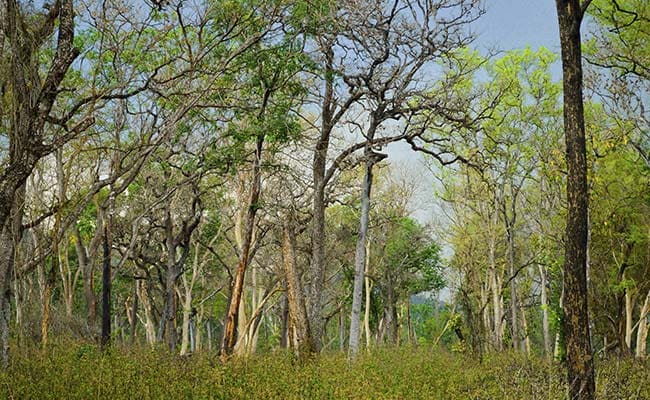- Home/
- Planting Trees Could Cut Deaths From Higher Temperatures: Lancet Study
Planting Trees Could Cut Deaths From Higher Temperatures: Lancet Study

Planting more trees could decrease deaths from higher summer temperatures in cities by a third, according to a modelling study published in The Lancet journal.
The study of 93 European cities found that increasing tree cover up to 30 per cent can help lower the temperature of urban environments by an average of 0.4 degrees Celsius and prevent heat-related deaths.
Of the 6,700 premature deaths attributed to higher temperatures in cities during 2015, one third of these (2,644) could have been prevented by increasing urban tree cover up to 30 per cent, the researchers said.
These findings highlight the need for more sustainable and climate-resilient strategies to be integrated into local policy decisions to aid climate change adaptation and improve population health, they said.
"We already know that high temperatures in urban environments are associated with negative health outcomes, such as cardiorespiratory failure, hospital admission, and premature death," said study lead author, Tamar Iungman from Barcelona Institute for Global Health in Spain.
"This study is the largest of its kind, and the first to specifically look at premature mortality caused by higher temperatures in cities and the number of deaths that could be prevented by increasing tree cover," Iungman said.
The researchers estimated mortality rates of residents over 20 years old in 93 European cities between June and August 2015, accounting for 57 million inhabitants in total.
Mortality data from this period was analysed with daily average city temperatures in two modelling scenarios: the first comparing the city temperature without urban heat islands to city temperature with urban heat islands, and the second simulating the temperature reduction as a consequence of increasing the tree cover to 30 per cent.
Exposure response functions were used to estimate the number of deaths attributable to urban heat as well as the number of deaths that could be prevented through increasing the tree cover.
In total, 6,700 premature deaths could be attributed to hotter urban temperatures during the summer months, accounting for 4.3 per cent of summer mortality and 1.8 per cent of year-round mortality.
The research found that one in three of these deaths (2,644) could have been prevented by increasing tree cover up to 30 per cent, and therefore reducing temperatures.
This corresponds to 39.5 per cent of all deaths attributable to hotter urban temperatures, 1.8 per cent of all summer deaths, and 0.4 per cent of year-round deaths, they said.
There was a large variability in temperature-related mortality rates between cities, from no premature deaths attributable to hotter urban temperatures in Goteborg, Sweden, to 32 premature deaths per 100,000 people in Cluj-Napoca, Romania.
Overall, cities with highest temperature mortality rates were in Southern and Eastern Europe where the highest temperatures were reached, with these cities benefitting the most from an increase in tree coverage.
(Except for the headline, this story has not been edited by NDTV staff and is published from a syndicated feed.)
The Great Climate Change Challenge is now open, and we are looking to connect with social entrepreneurs, tech innovators, NGOs, young scientists and students.
If you are a climate change warrior or know someone who is doing incredible work in this space, send us your entries and we'll bring some of the most innovative stories to the world.






